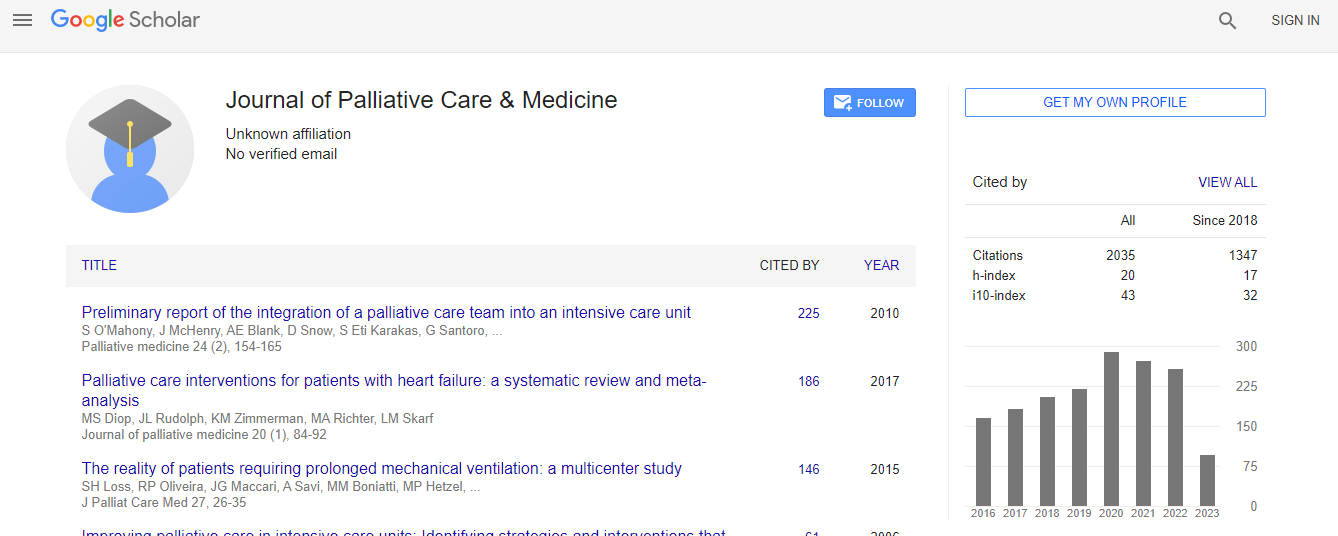Research Article
Medical Emergency Teams and Death at the Hospital - Do They Call Us? Results from an Integrated Educational Program with Medical Emergency Teams
Jorge Martins1, Nuno Príncipe1, Cláudia Dias2, Glória Campello1, Cristina Granja2,3* and Luís Azevedo2,31Hospital Pedro Hispano, Rua Dr Eduardo Torres, 4450 Matosinhos, Portugal
2Biostatistics and Medical Informatics Department, Faculty of Medicine of Porto, 4200 Porto, Portugal
3CINTESIS – Centre for Research in Health Technologies and Information Systems, Faculty of Medicine of Porto, 4200, Porto, Portugal
- *Corresponding Author:
- Dr. Cristina Granja
Biostatistics and Medical Informatics Department
Faculty of Medicine of Porto, 4200 Porto, Portugal
E-mail: cristinagranja28@gmail.com
Received date: February 08, 2012; Accepted date: March 24, 2012; Published date: March 26, 2012
Citation: Martins J, Príncipe N, Dias C, Campello G, Granja C, et al. (2012) Medical Emergency Teams and Death at the Hospital – Do They Call Us? Results from an Integrated Educational Program with Medical Emergency Teams. J Palliative Care Med 2:117. doi:10.4172/2165-7386.1000117
Copyright: © 2012 Martins J, et al. This is an open-access article distributed under the terms of the Creative Commons Attribution License, which permits unrestricted use, distribution, and reproduction in any medium, provided the original author and source are credited.
Abstract
Objective: The present study was conducted with the main objective of evaluating the occurrence of Medical Emergency Team (MET) calls in patients who died during their hospital stay and their association with the presence of MET calling criteria in the 24 hour and 8 hour period before death and the existence of a do not resuscitate (DNR) order. Patients and methods: Retrospective analysis of the medical records of patients that died at the hospital between 1st October 2007 and 30th June 2008. Patients from the emergency room and intensive care department were excluded, as METs are not activated for these areas. Studied variables included demographics, MET calls, the presence of MET calling criteria within the 24 hour and 8 hour period before death and the existence of a DNR order. The occurrence of MET calls in patients who died during their hospital stay and their association with the presence of MET calling criteria in the 24 hours and 8 hours before death and the existence of a do not resuscitate (DNR) order were analyzed. Results: 348 patients died – in-hospital mortality rate - 2, 5%. 56% were male, mean age was 75 years old. Seventy-five percent exhibited an explicit DNR order written in their clinical records. Twenty-five percent (88 patients) had no explicit DNR order in their clinical records. For 39% of these MET was activated. Twenty–four percent of these presented at least one alarm sign 24h before the MET activation, being the most common threatened airway and persistent hypotension, 82% had an alarm sign during the last 8 h before MET activation, with airway threatened (59%) and downgrade of Glasgow Coma Scale > 2 points (32%) the most frequent. In 5 of the 88 patients there was no DNR order and no MET activation. In these patients no alarm signs were found 24h before death, and only in 2 patients, alarm signs 8 h before death were identified: downgrade of Glasgow Coma Scale > 2 points in one patient and hypotension in another patient. Four of these 5 patients died during the night shift. Conclusion: In the present study the detection of alarm signs in patients and the subsequent MET activation is a good quality of care indicator. When there is no MET system these data are not available and patients with alarm signs, if not corrected might proceed, with clinical deterioration until cardiac arrest and eventually death occur.

 Spanish
Spanish  Chinese
Chinese  Russian
Russian  German
German  French
French  Japanese
Japanese  Portuguese
Portuguese  Hindi
Hindi 
